| Columns Retired Columns & Blogs |
the speaker was so beautiful.
The Focal Electra 1037 Be was significantly more sensitive than normal at an estimated 90dB(B)/2.83V/m. However, its plot of impedance magnitude and electrical phase (fig.1) indicates that it is a demanding load for the partnering amplifier in the lower midrange and bass. Not only is there a minimum value of 3 ohms at 33Hz, but there is a combination of 4.25 ohms and –47.5° capacitive phase angle at 27.3Hz. Fortunately, music with significant energy below 40Hz is relatively rare, but an amplifier that has no trouble driving 4 ohm loads at high levels will still be required. The fact that the impedance remains above 10 ohms for much of the treble means that the 1037 Be will tend to sound shelved-up in the highs with tube amplification.
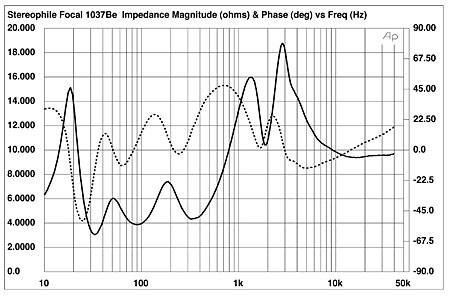
Fig.1 Focal Electra 1037 Be, electrical impedance (solid) and phase (dashed). (2 ohms/vertical div.)
It is very difficult to see at the scale these graphs are printed in the magazine, but there is a very slight discontinuity at 350Hz in the impedance-magnitude trace, which suggests a cabinet resonance mode of some kind at this frequency. Using a simple piezoelectric-plastic accelerometer, I did find a strong mode present at 344Hz on all surfaces (fig.2). It is difficult to predict the audible effect of this behavior, but some midrange congestion at high levels might be noticeable.
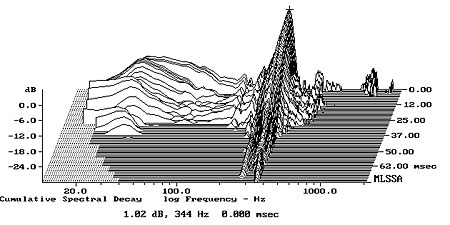
Fig.2 Focal Electra 1037 Be, cumulative spectral-decay plot calculated from the output of an accelerometer fastened to the cabinet's side panel level with the tweeter (MLS driving voltage to speaker, 7.55V; measurement bandwidth, 2kHz).
The impedance graph appears to suggest that the big, downward-facing port that loads the triple woofers is tuned to a low 33Hz; the port's nearfield response (fig.3, red trace) does peak at this frequency, with second-order rollouts above and below. However, the minimum-motion notch in the summed output of the woofers, again measured in the nearfield (fig.3, blue trace), occurs almost a third of an octave higher, at 39Hz, suggesting that the reflex alignment is not quite optimally tuned. The woofers roll off above 120Hz, crossing over to the midrange unit (green trace) with symmetrical second-order slopes at 160Hz, and are well-behaved outside their passband. The port, however, has a severe peak at 350Hz, this suspiciously close to the frequency of the panel resonance noted earlier. Fortunately, the port fires down into the carpet, which will work against the audibility of this mode.
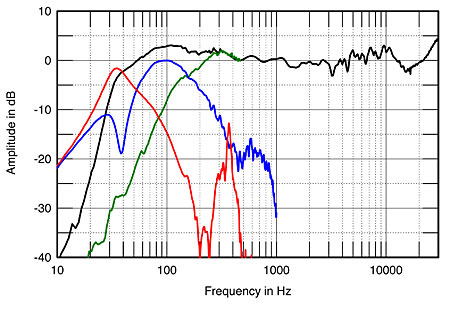
Fig.3 Focal Electra 1037 Be, anechoic response on tweeter axis at 50", averaged across 30° horizontal window and corrected for microphone response, with the nearfield responses of the midrange unit (green), woofers (blue), and port (red) plotted below 500Hz, 1kHz, and 600Hz, respectively, along with their complex sum plotted below 300Hz (black).
The complex sum of these nearfield bass responses, taking into account both acoustic phase and the differing distances from each radiator to a nominal farfield measuring position, is shown as the black trace below 300Hz in fig.3. There is the usual boost in the upper bass, due to the nearfield measurement technique, but the Electra 1037 Be actually shows good low-frequency extension. And the midrange and treble, assessed across a 30° horizontal angle on the tweeter axis, are superbly flat overall. There is a slight on-axis uptilt between 4 and 11kHz, and the tweeter's increasing directivity above 10kHz gives rise to an apparent slight lack of energy between that frequency and 23kHz, but these are minor departures from perfection. And note how the beryllium-dome tweeter's response is still at full level at the graph's upper limit of 30kHz.
The Focal's horizontal dispersion (fig.4) is actually even, the apparent flare between 3 and 5kHz resulting from the fact that a slight on-axis suckout fills in to the sides of the tweeter axis. The tweeter does get quite directional above 12kHz, however. In the vertical plane (fig.5), the Focal's balance doesn't change appreciably over quite a wide angle, even with the separation between the midrange unit and the woofers taken into account. A suckout does develop at the upper crossover frequency for standing listeners. Don't stand up while listening to this speaker!

Fig.4 Focal Electra 1037 Be, lateral-response family at 50", normalized to response on tweeter axis, from back to front: differences in response 90–5° off axis, reference response, differences in response 5–90° off axis.
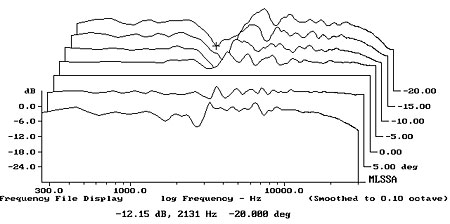
Fig.5 Focal Electra 1037 Be, vertical-response family at 50", normalized to response on tweeter axis, from back to front: differences in response 20–5° above axis, reference response, differences in response 5–10° below axis.
To take the graph shown in fig.6, I averaged 20 individual, 1/6-octave-smoothed spectra, taken in a rectangular grid centered on the position of Michael Fremer's ears in his listening chair. The peak between 30 and 60Hz is a residual room effect that has not been eliminated by the spatial averaging; it results from the boundary loading created by MF's having to place speakers relatively close to his room's corners. Otherwise, the Focals' in-room response is remarkably smooth and even. There is a slight excess of energy at the bottom of the tweeter's passband, but that will be heard as enhanced detail rather than as a tonal imbalance. And even with the tweeter's limited top-octave dispersion, the speaker's in-room response extends smoothly up to the 30kHz limit of the graph. Impressive.
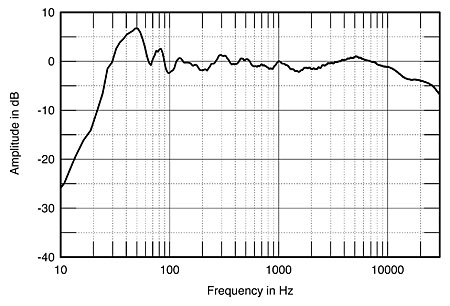
Fig.6 Focal Electra 1037 Be, spatially averaged, 1/6-octave response in MF's listening room.
Moving on to the time domain, the Electra 1037 Be's step response is shown in fig.7. This rather complicated-looking graph is explained by the fact that the tweeter and woofers are connected in inverted (negative) acoustic polarity, the midrange unit in positive polarity. Correlating with the excellent frequency-domain integration seen between the drive-units in figs. 3 and 6, each step response dovetails smoothly with that of the drive-unit next lower in frequency. The cumulative spectral-decay plot (fig.8) is not as clean as I was expecting from Michael's description of the Electra's sound. However, this is not due to the presence of resonant modes, but to early reflections of the tweeter's output, presumably from the lips of the baffle recesses of the lower-frequency drivers. (This behavior also gives rise to the small response ripples visible in the upper treble in fig.3.)
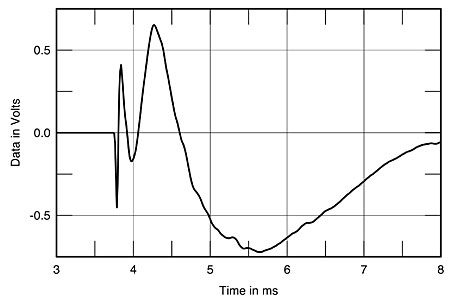
Fig.7 Focal Electra 1037 Be, step response on tweeter axis at 50" (5ms time window, 30kHz bandwidth).

Fig.8 Focal Electra 1037 Be, cumulative spectral-decay plot at 50" (0.15ms risetime).
The Focal Electra 1037 Be offers superb measured performance, but I keep returning to that in-room response (fig.6), one of the best I have encountered. Wow!—John Atkinson

the speaker was so beautiful.